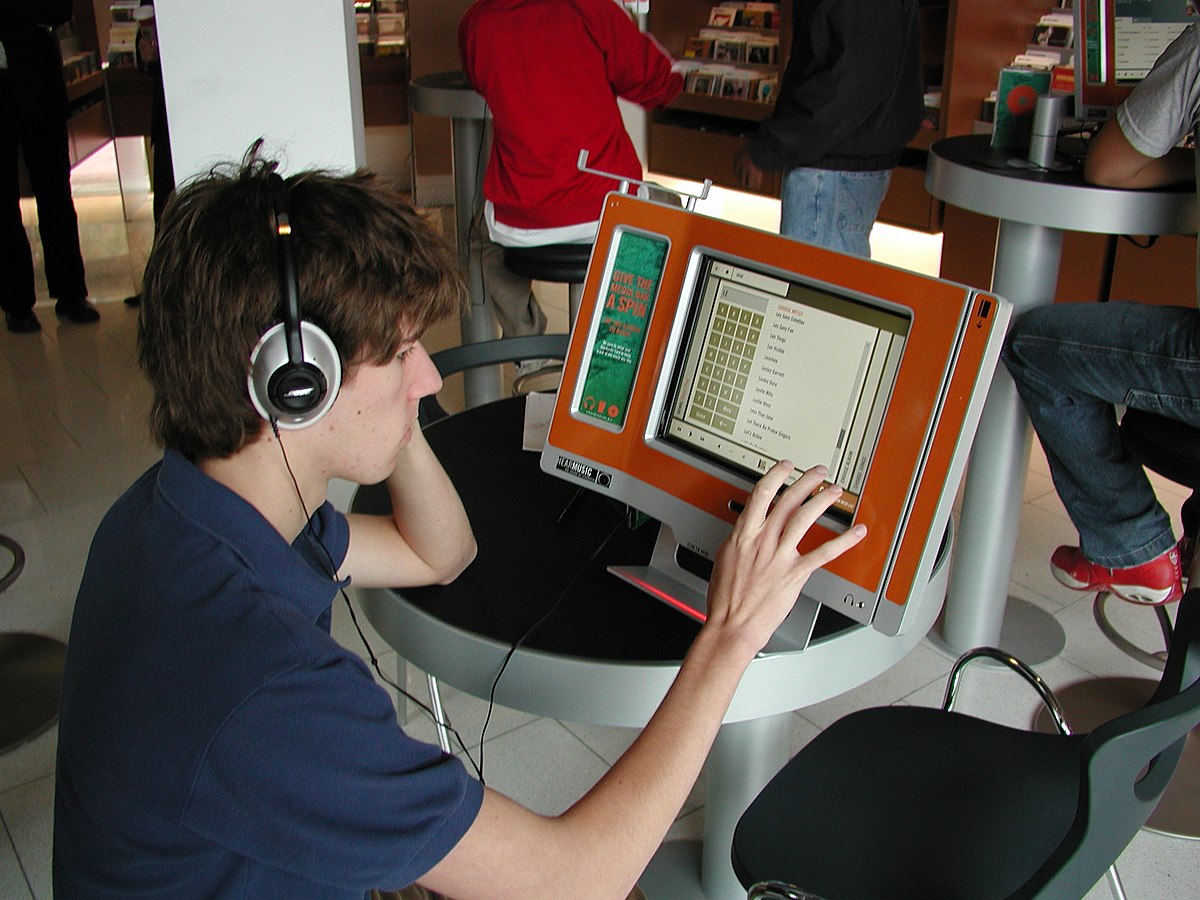Touch screen technology-a man behind the discovery
Touch screen technology-a man behind the discovery

A touch screen is “a display that is sensitive to the touch of a finger or pen, and is commonly used in ATMs, retail terminals, car navigation systems, medical displays, and industrial control panels,” according to PC Magazine. In 2007, Apple unveiled the iPhone. Users can easily navigate and explore computer applications thanks to one of the simplest user interfaces: the touch screen.
What functions do touch screens have?
Having a touch-sensitive surface, a touch sensor is a panel. These screens’ operating systems are based on several sorts of sensors, including:
- The most popular kind is a resistor.
- surfacesonic waves.
- Smart phones use capacitive sensors
A current of electricity flows through the sensors, and contacting the screen changes the voltage, which transmits messages to the area that was touched. The control unit is in charge of turning the voltage variation into signals that are transmitted to a computer or other device. The computer, phone, or other device must know what is happening in the sensor, the signals supplied by the control unit, and the location of the touch thanks to a control programme. Furthermore, it makes it possible for the computer to react to the signal and execute the command.
Of course, touch screen technology is compatible with any device, be it a computer, phone, or other.
Resistance and capacitive sensors explained:
“The resistive sensing system consists of five components, including a cathode ray tube or screen base, a plate of glass, a resistive cover, a spacer, a conductive cover, and a heavy-duty top cover,” writes Malik Sharif for Ehu.
Finger pressure causes the layers of conduction and resistance to come into contact with one another in a group of circuits when a finger or stylus presses on the upper surface. This results in two metal layers connecting and the surface acting as a voltage divider with outputs connected to it, changing the electric current. recording the resistance change and transmitting it to the control unit as an event For capacitive displays, a layer of materials that carry electrical current charges is used, and touching the screen changes the quantity of electrical charges that are present there.
How touch screens were first created:
/img/iea/r1OrRnjeOn/touchscreen-history.jpg)
decade of the 1960s
According to historians, A. Johnson created the first capacitive touch screen between 1965 and 1967 at the Royal Radar Institution in Malvern, United Kingdom. In a 1968 AD article, the creator gave a thorough explanation of touch screen technology for air traffic control.
in the 1970s
In 1971, Dr. Sam Hurst (creator of Elographics), then a professor at the University of Kentucky, created a “touch sensor” that was known as a “elograph” and was patented by the University of Kentucky Research Foundation.
Despite not being as transparent as contemporary touch screens, the Elograph was a significant development in touch screen technology and was named by Industrial Research as one of the top 100 breakthrough technologies of 1973. A transparent surface was incorporated on the first true touch screen, which debuted in 1974. Sam Hurst and Allographics are credited with creating it. The touch screen innovation was first developed by Allographics in 1977 AD and is still utilised in touch displays today.
Siemens Corporation provided funding for Elographics’ 1977 project to create the first curved glass touch screen sensor interface, which was formally renamed Elo Touch System on February 24, 1994 AD. This was the first time a device was referred to as a “touch screen.” TouchSystem.
decade of the 1980s
The HP-150 was a touch-screen home computer made by Hewlett-Packard Company in 1983. The gadget has an infrared network that flows through the screen’s front to track finger movement, but the network devices are quite dusty and require frequent cleaning.
nineteen nineties
The 1990s saw the introduction of touchscreen smartphones and laptops, the handwriting recognition device from Apple in 1993, and the Simon smartphone from IBM.
2000s time frame
Microsoft created the first tablet phone with a touch screen running Windows XP in 2002, but it wasn’t until Apple released the industry-leading Apple iPhone in 2007 that touch screen technology started to gain significant appeal.
